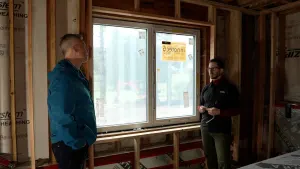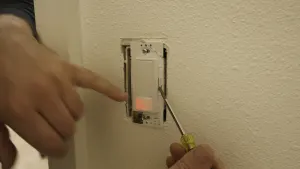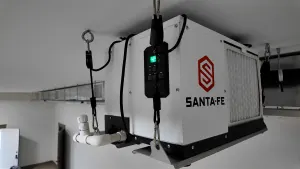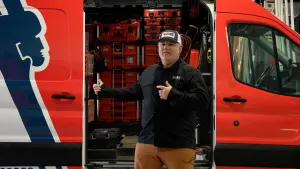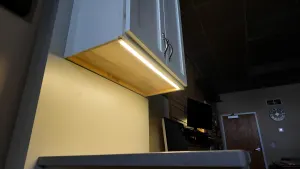Case for VRF Part 4 of 4
The VRF HVC Part 4, the final segment of the series presented by Kristof Irwin, covers both indoor and outdoor units.
Although sizes, form factors, manufacturers and more may vary, they share the same core functions. Types of units in this group include heat pumps (3-5 tons, In the outdoor segment, there are a variety of units, including heat pumps, heat pump recovery, and water source HP/recovery, the latter used predominantly in commercial applications. The heat pump system has an air source, while the 3-phase heat recovery VRF provides for simultaneous heating and cooling in different parts of a building and relies on BC controllers (master/slave).
For 3-phase units (water source), there's the multi-zone heat pump ranging from 6-30 tons and the multi-zone heat recovery unit between 6-20 tons. There are many applications where we are looking at converting single-phase power to 2-phase power to run one of those 2-phase systems. There are single-phase VRF water source units (2-5 tons), a variety of different form factors, and many different manufacturers. On the residential-only side, the Rx VRF outdoor units include single-zone heat pumps in the 0.75 to the 3-ton range and multi-zone heat pumps in the 1.5 to the 5-ton range. All of the outdoor units are going to be extremely quiet, and little to no vibration.
Irwin takes us through the heating capacity vs. outdoor temperature using the Mitsubishi Hyper-heat compared to other units, the sound pressure using several types of units, and the benefits of VRF. On the list are efficient part-load performance, versatility, comfort/control, quiet operation, reduced ducting needs, improved latent control, mixing & filtration, multiple independent indoor zones, ventilation compatible units, and high reliability with low maintenance.
Moving to indoor units, again there is a wide range of form factors and capabilities, but all of them can deliver independent zoning, for space efficiency since you don't need ducting. The range of units helps avoid taking up unwarranted space as well. Indoor units fall into three main types, they can be space mounted, ceiling recessed, and concealed ducted. In the space-mounted area, we have wall-mounted, ceiling suspended and floor-standing, and Irwin shows us manufacturers for each of the three.
Irwin also walks us through a variety of design options…where would we put these units and why? The ability to vary the effective surface area of the indoor and outdoor units allows for the expansion of performance. Irwin shows us the units that are quiet, compatible with ventilation, and have low energy use. In terms of efficiency," part load metrics apply to equipment with capacities greater than 65KBtuh and AHRI is the standard for performance ratings of VRF units. This is a segment and a series worth taking in.

 Share on facebook
Share on facebook Tweet
Tweet Email
Email Share on Linkedin
Share on Linkedin






